Slow Cooker Black Beans w/ Calabaza Squash
Slow cooker black beans are one of my favorite fall dishes to make, just as fresh produce is starting to ripen. Today, I have a ten pound Calabaza Squash that I just roasted up and can't wait to cook into black beans! Calabaza squash has an almost unbelievably rich and creamy consistency. It's hands down my favorite type of squash. Although you can easily substitute pie pumpkins or butternut squash. Both of which have a similar flavor and texture. Calabaza squash is more like an amplified version of that profile.
I also have red chilis ripening in the garden. It has been a fun week of red chilis. They ripen rather quickly and produce an abundance of fruit. They also rather quickly begin to shrivel and almost start to dry on the vine. While this makes them a particularly good pepper to dry and use throughout the rest of the year! It also means that you have to use them quite quickly when they ripen. And, when they ripen in groups of about 10-20 at a time? That means that it's time to get cooking.
And today I am quite excited about that. I've been making Brown Rice w/ Ambercup Squash & Red Chilis. I also have a whole slew of Thai chilis that are also ripening and am preparing to make Avocado Dip w/ Greek Yogurt & Red Chilis and Enchilada Sauce w/ Cherry Tomatoes & Thai Chilis.
Gallery
Variations of Squash Black Beans
There are plenty of ways to make beans. I oftentimes make them in the slow cooker because you don't have to soak them beforehand. But they can also be made on the stove. You can also mix and match different types of beans. I'm particularly fond of pinto beans, which tend to lend themselves well to the same kinds of flavor profiles. Both are great go-tos for all sorts of Mexican or Latin American-inspired dishes.
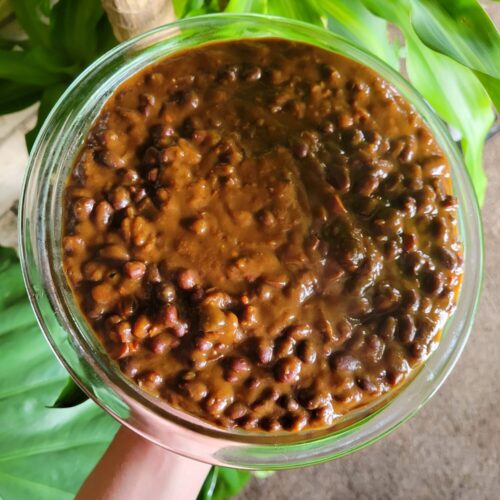
Slow Cooker Black Beans w/ Calabaza Squash
Equipment
- Crock Pot
Ingredients
- 1 ½ c. calabaza squash roasted & puréed
- 1 lbs. black beans ~2 cups
- 10 red chilis minced
- 6 cloves garlic minced
- 1/2 shallots minced
- 1 tsp. salt
- 2 tsp. pepper
- 2 tsp. coriander
- 2 tsp. cumin
- 1 tsp. cayenne pepper
- 4 bay leaves
- 2 tbsp. olive oil
- 1 lemon juiced
- 4 c. water
Instructions
Roast Calabaza Squash
- Preheat oven to 450 degrees Fahrenheit.
- Cut squash in half and scoop out the innards to remove all of the seeds and stringy pieces.
- Once you've cut in half and removed the innards from the squash, wrap in aluminum foil. You can also place this on a baking sheet if you want to keep any of the juice from seeping through the foil.
- Bake for roughly 2 hours depending on size. Make sure to flip halfway through so that the squash sides are face up.
- Let cool to the touch.
- Remove the skin and add squash to the food processor. Purée until smooth, making sure to scrape the sides occasionally.
Cook Beans
- Add the beans and all of the other ingredients to a crock pot with the water.
- Cook on low for 8 hours, or until the desired consistency is reached. I like to start the beans in the morning and then come back to then after work or before bed to wake up to freshly cooked beans.The beans should retain their shape during the cooking process (and not start to break apart), but should be soft enough to pinch between your fingers or a fork. It's much like the consistency of a baked potato, where you could theoretically turn it into mashed potatoes, but it also stands on its own.There may still be some residual water left in the crock pot after 8 hours. If the beans aren't fully cooked, simply continue to cook until the water cooks in and the beans are the right tenderness. If the beans are fully cooked, you can drain the water or quickly simmer the remainder of it out on the stove. Depending on how old your beans are, they may require slightly different amounts of water to re-hydrate. Older beans will take more water and time, while fresher beans will cook in less time with less water.
- Remove the bay before serving or storing.The bay leaves are for flavor and not everyone wants to eat an entire leaf! So, take note of how many you put in and make sure to remove them after cooking. You can pull them out later. But, if you refrigerate the beans, they'll solidify more when chilled and the bay leaves will be harder to find. It's easier to do this while they're still warm and you can easily sift through them!
- If you want to make no-fry refried beans or more of a bean dip, remove the bay leaves and mash with a potato masher. You can also pulse in a food processor or purée entirely.This process might require more water. So, if you do have additional water left in the crock pot after cooking, you may want to reserve it and add back in if necessary to create a smoother no-fry refried bean consistency.
Tips, Tricks, & Notes
- For more information on puréeing the squash, I also have an entire article on The Fundamentals of Roasted Calabaza Squash.
- I also have an entire article on The Fundamentals of Slow Cooker Black Beans. Which has additional tips and tricks along with the rationale for not pre-soaking or rinsing beans and bean substitutions if you want to cook with pinto or other bean varieties.
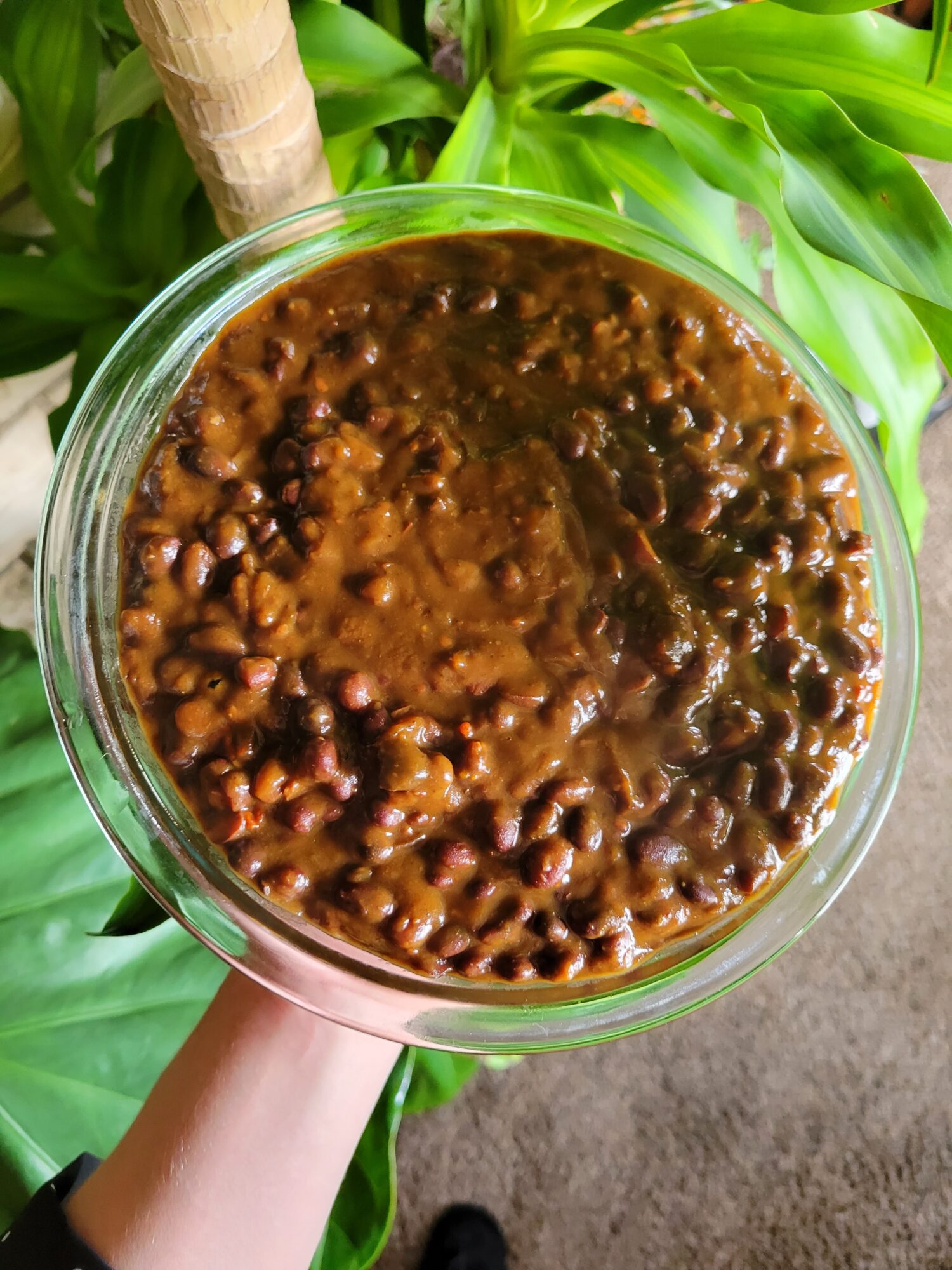
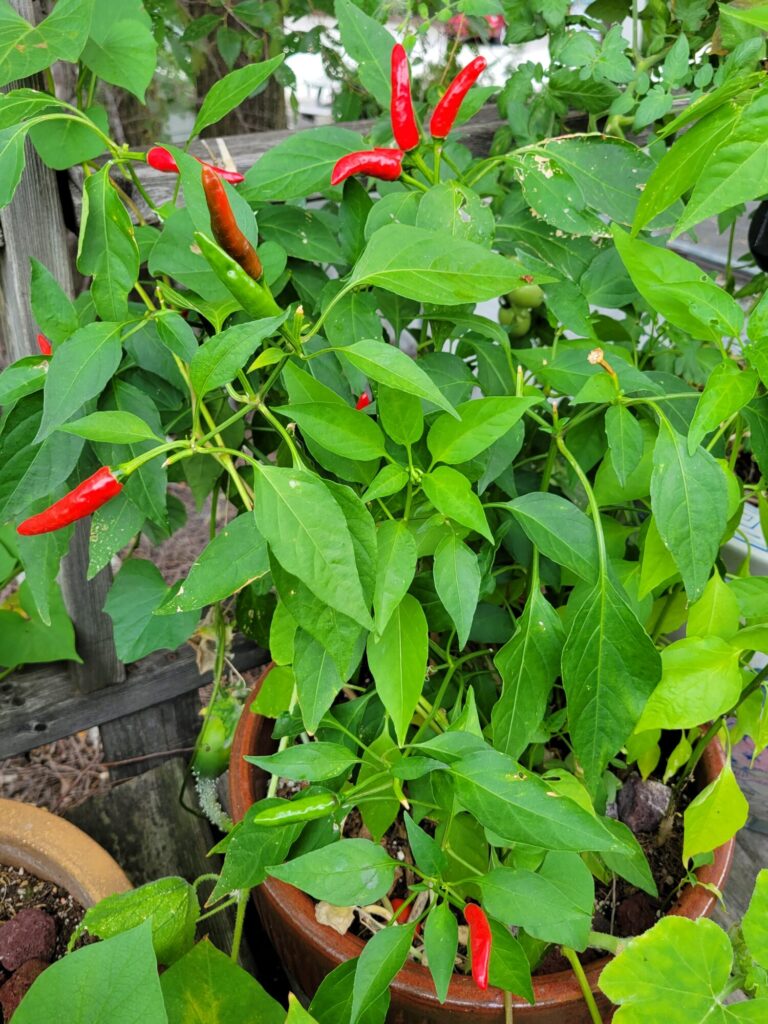
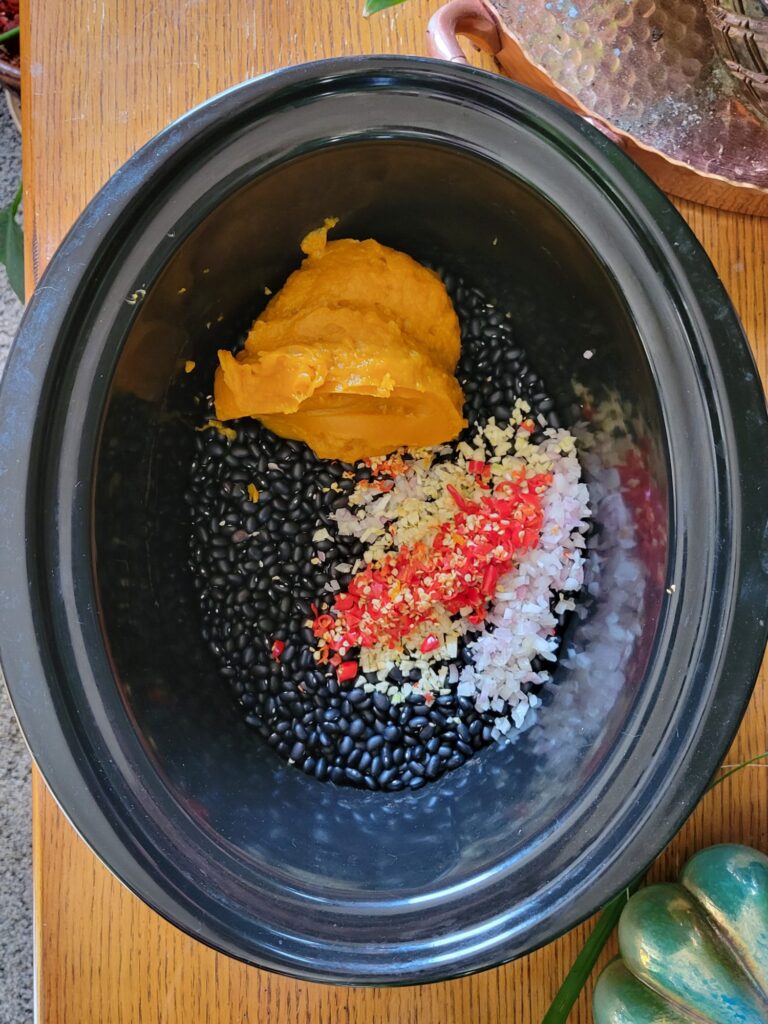
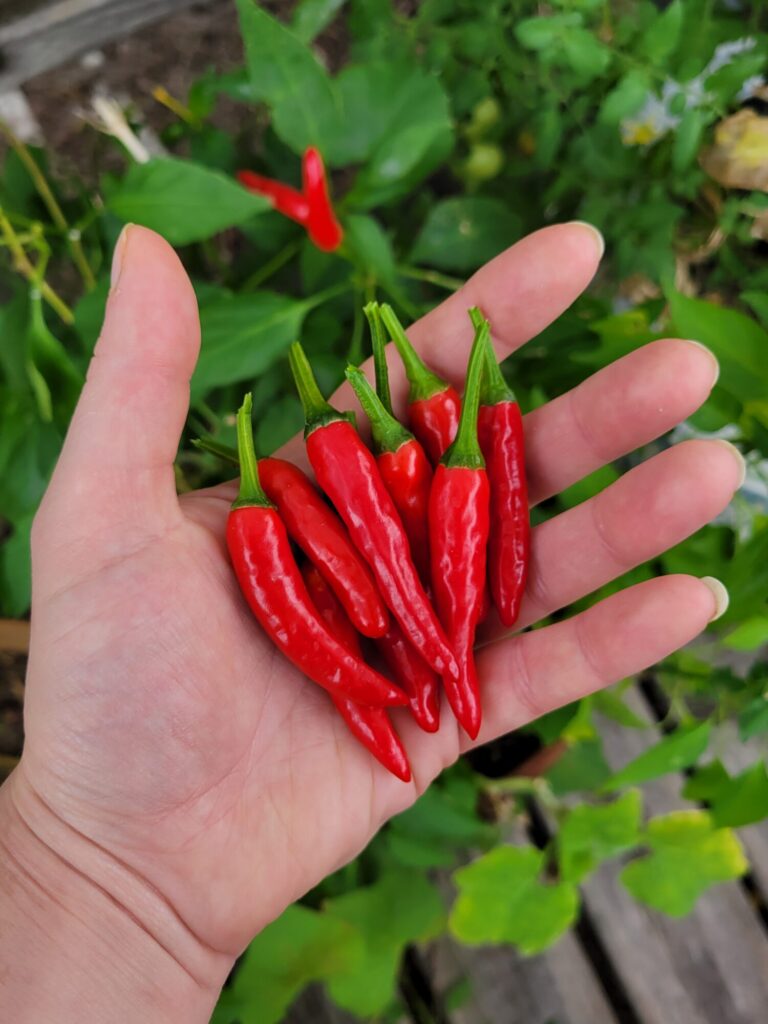

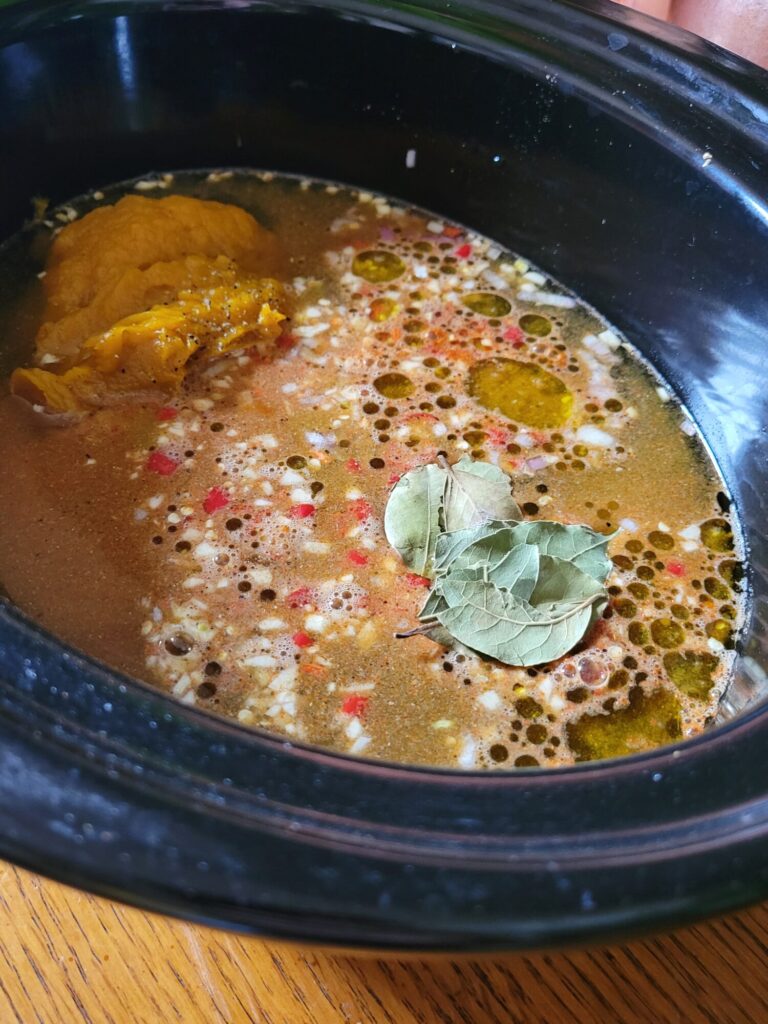
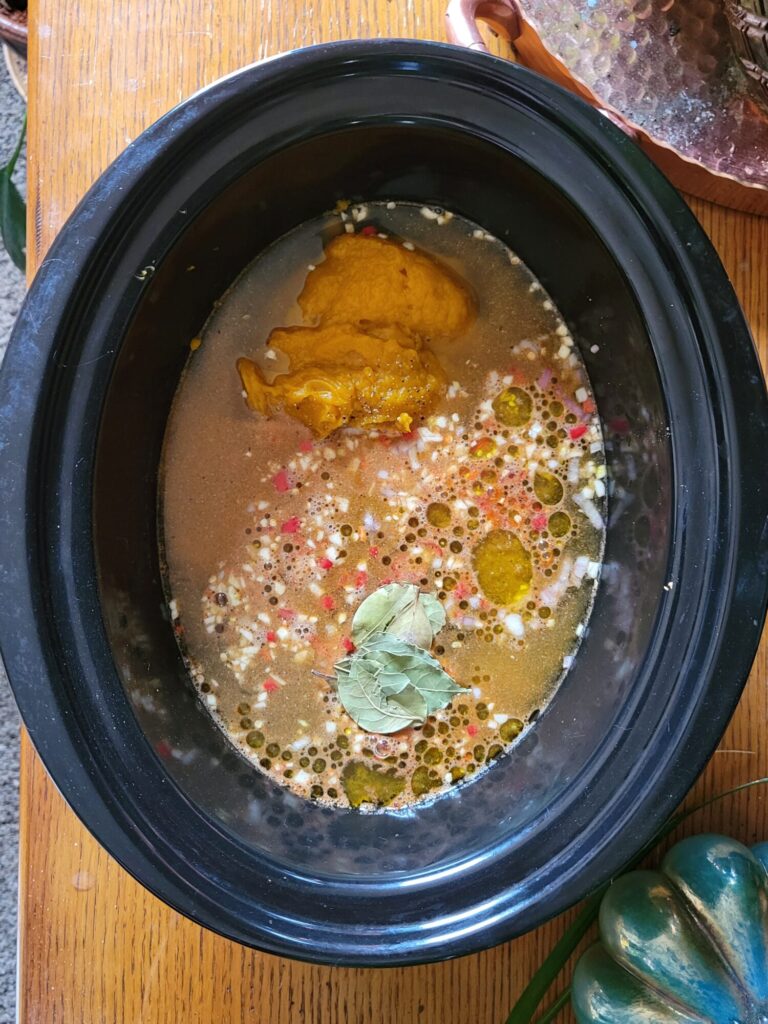
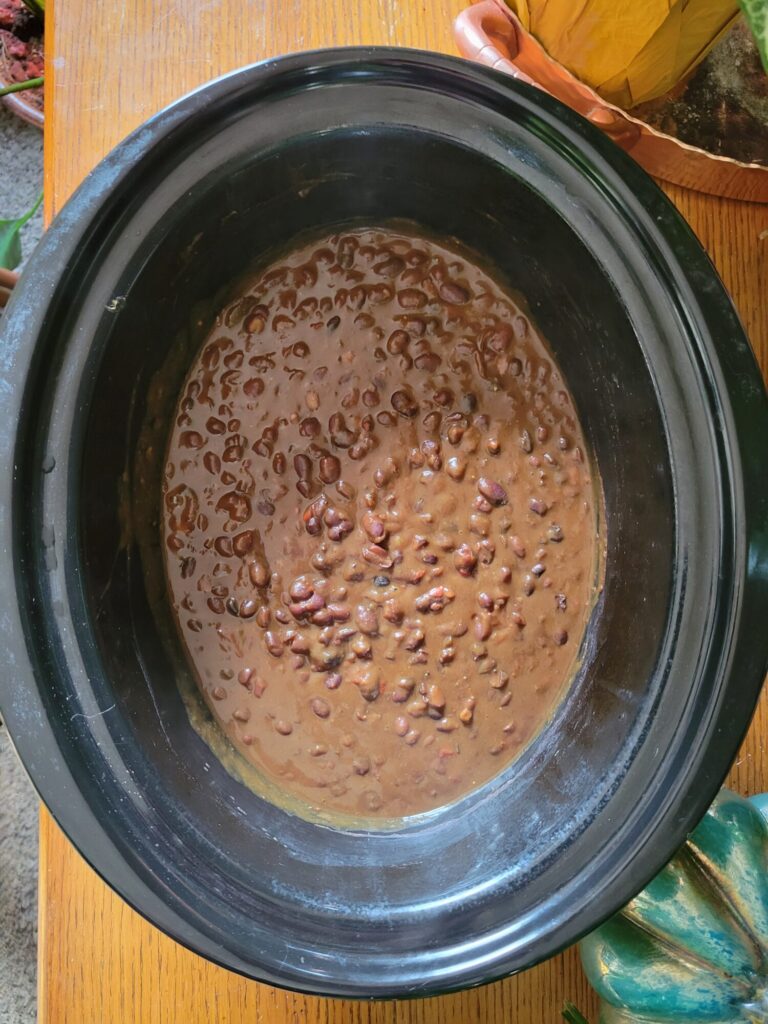


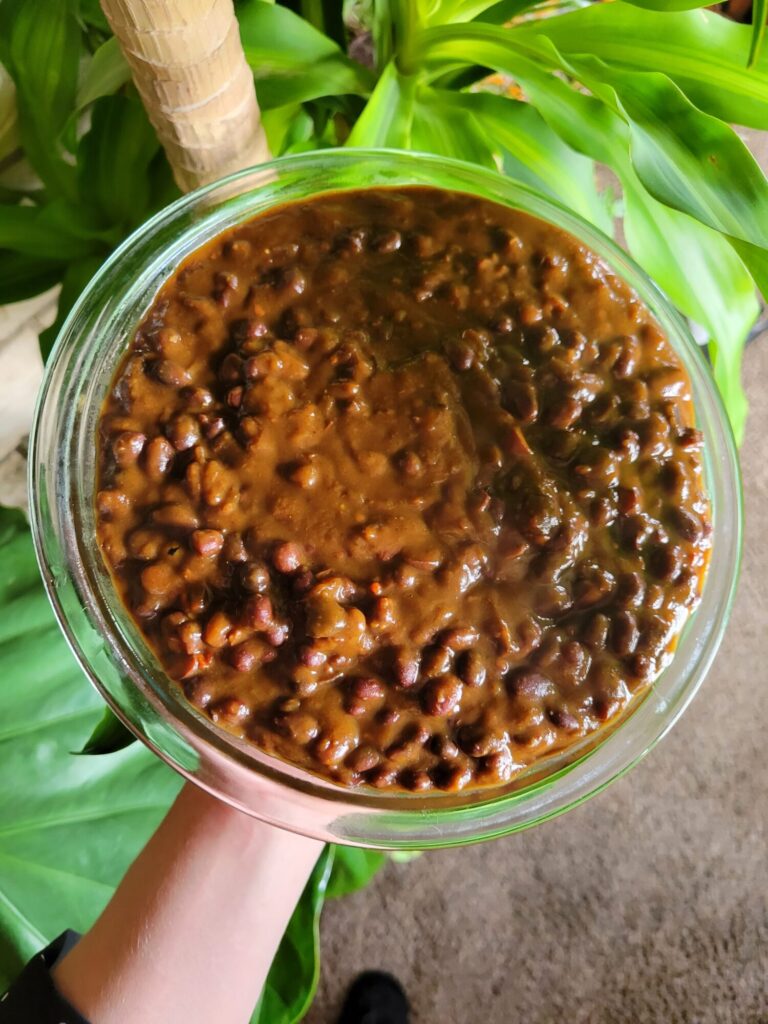

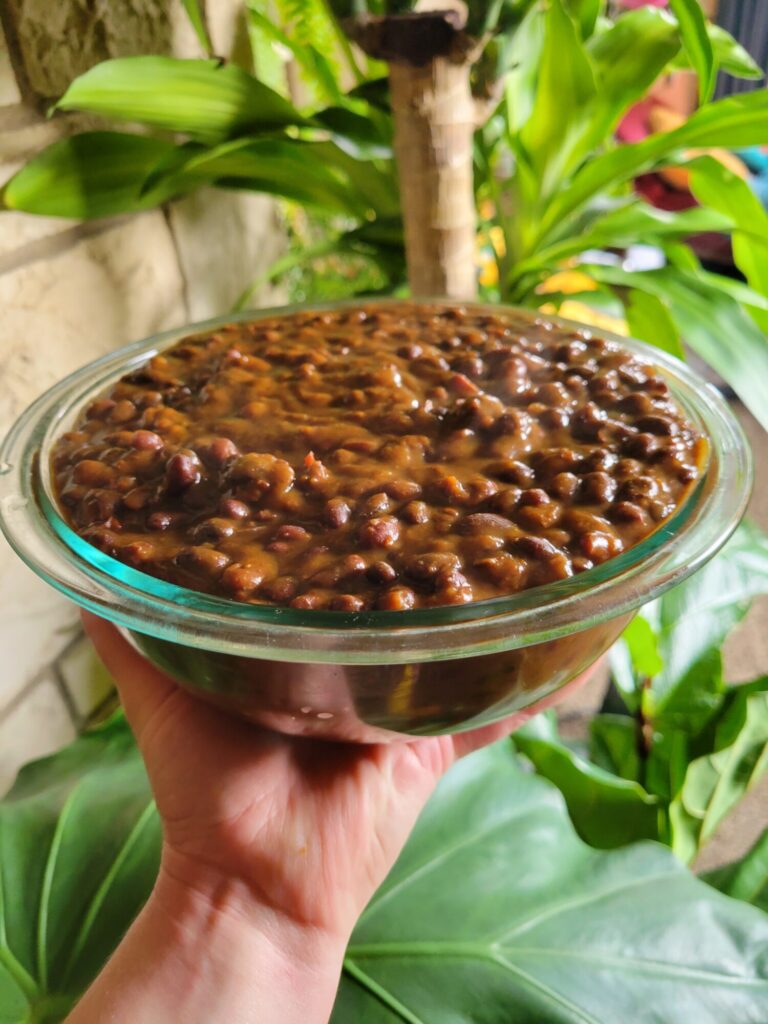
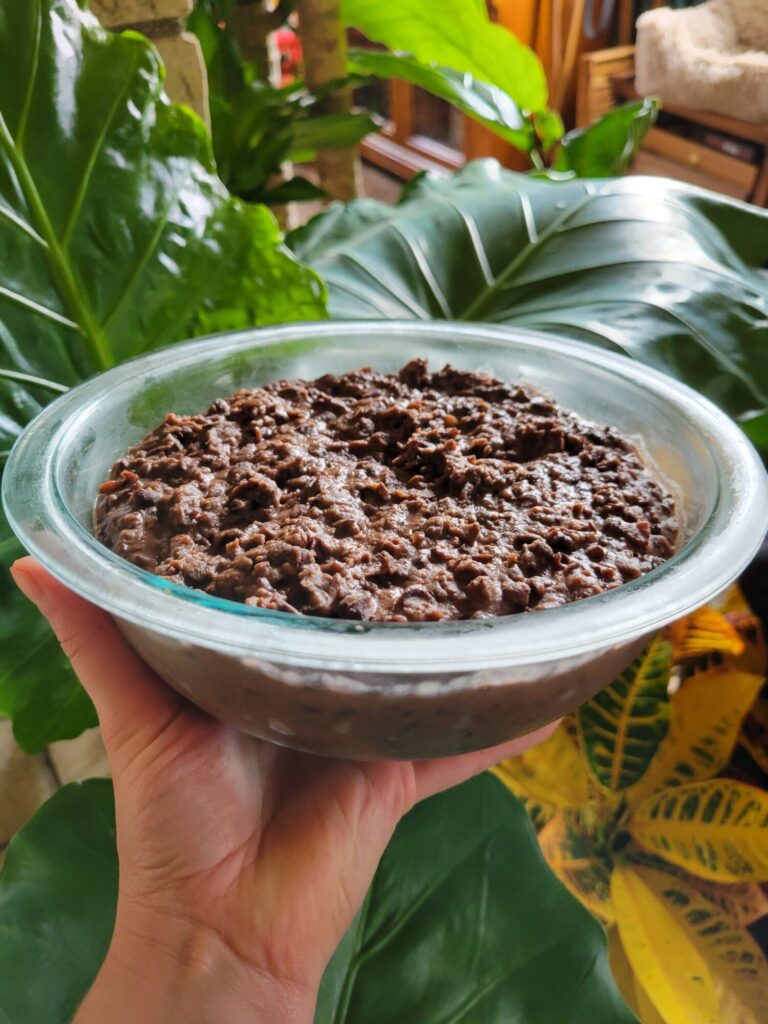




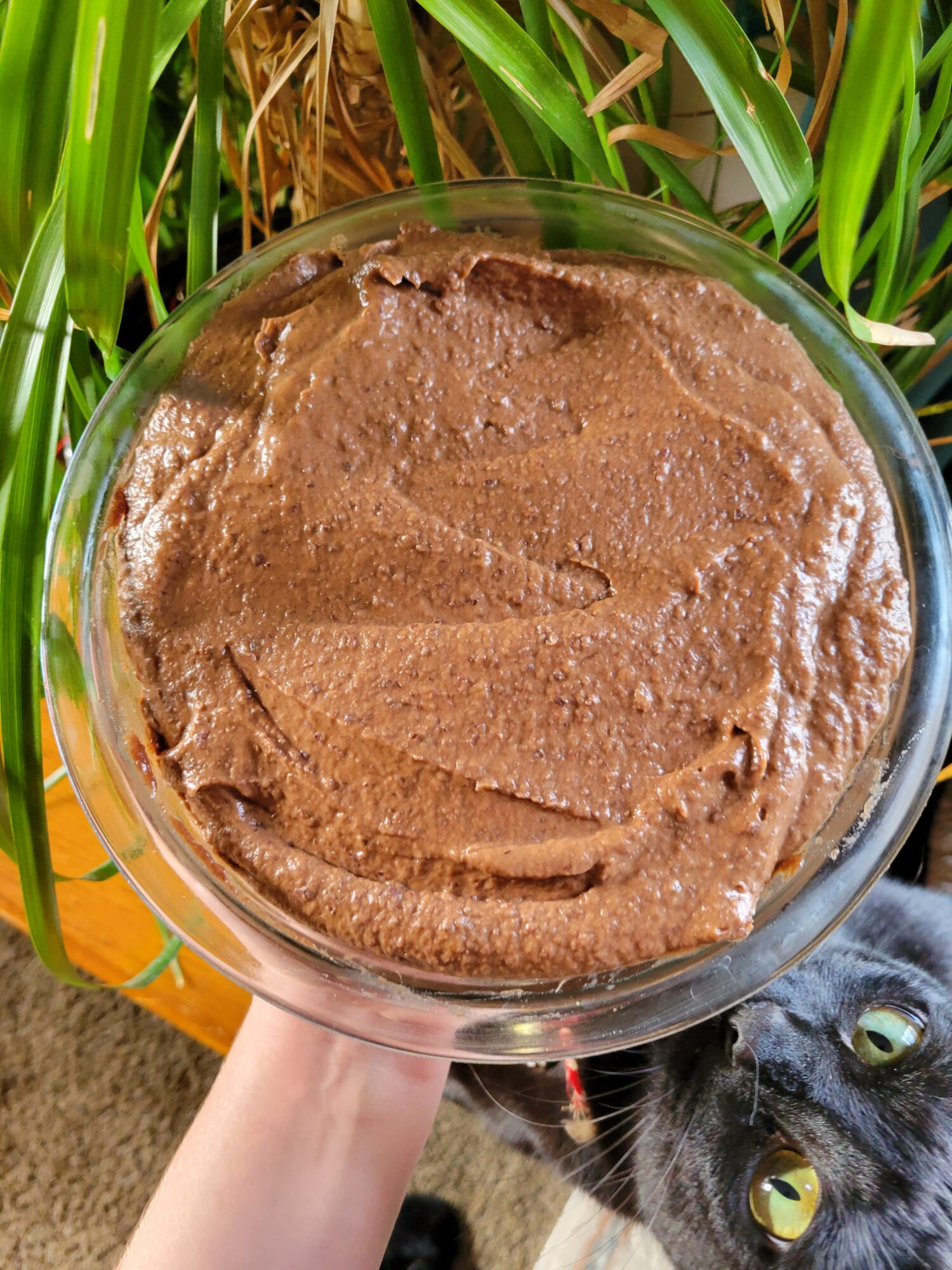
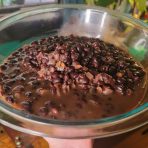
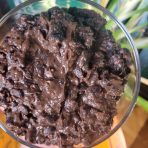
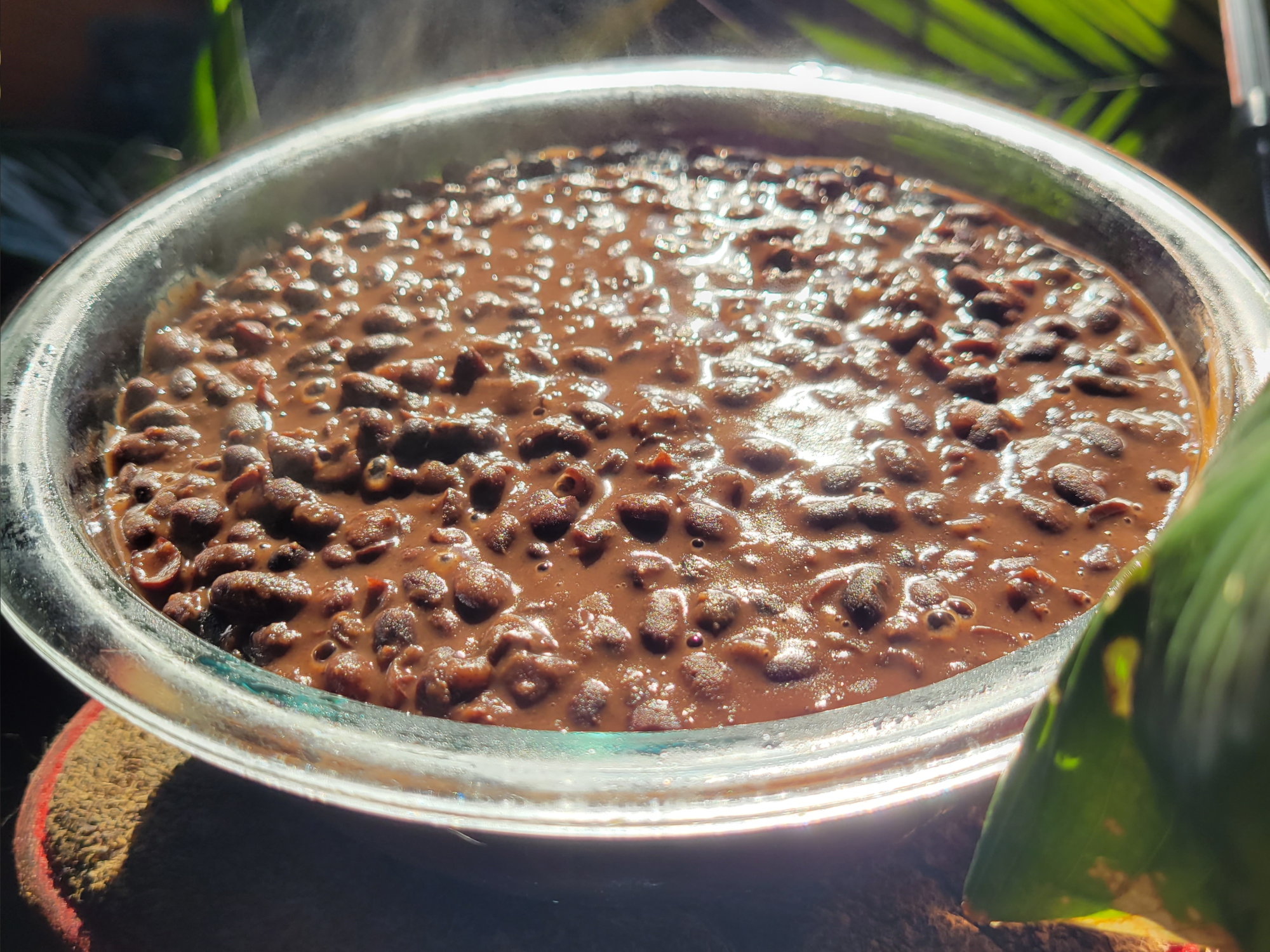
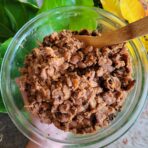
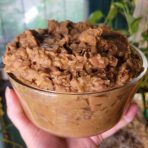
Leave a Reply